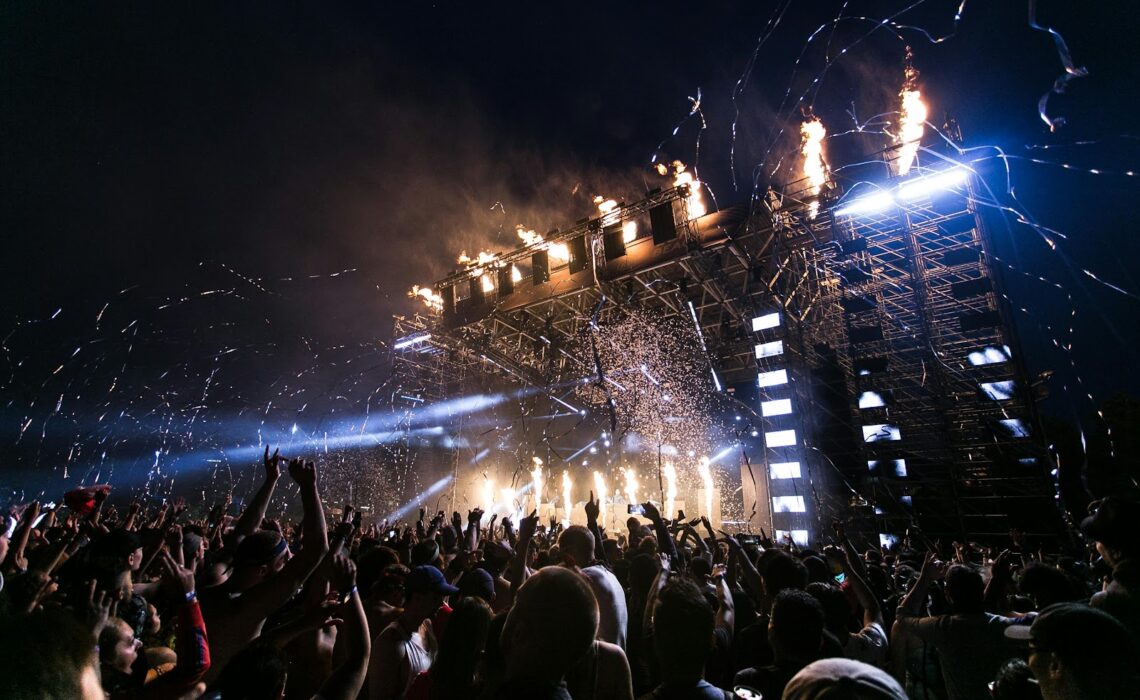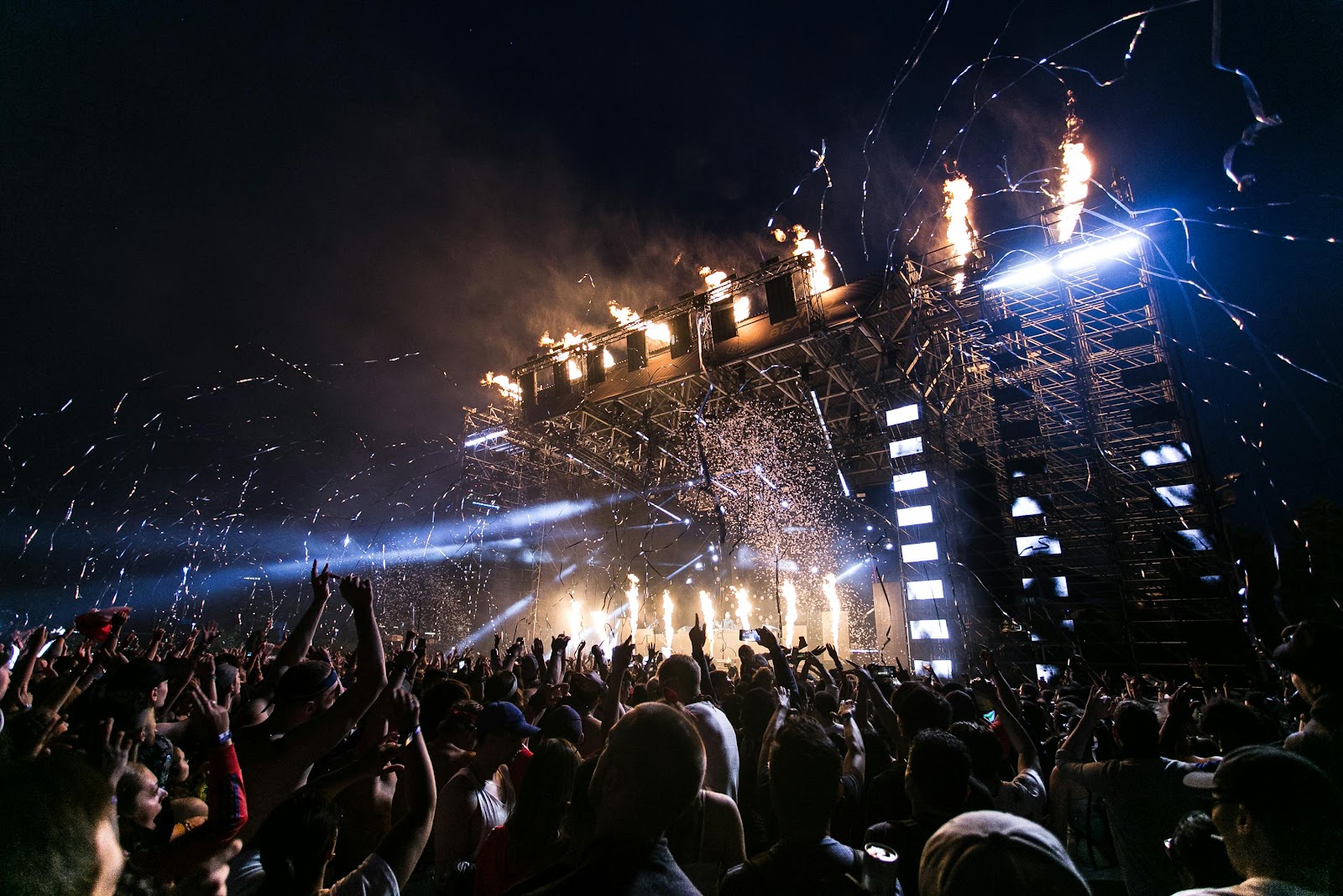
Making sports and entertainment accessible is essential to guaranteeing that everyone, regardless of ability, is included.
Communication barriers frequently make it difficult for deaf and hard-of-hearing people, who comprise a sizable section of the world’s population, to access these spaces.
Enactment of laws and regulations aimed at closing this gap has advanced over time.
Nevertheless, there are still gaps in the way accessibility is applied, even with legal provisions.
This article explores the strengths and areas for improvement of the laws that are intended to support accessibility for Deaf and hard of-hearing people in the entertainment and sports industries.
Legal Frameworks Supporting Accessibility
Accessibility for Deaf and hard-of-hearing people in sports and entertainment is emphasized by several national and international legal frameworks.
One of the most important pieces of international law is the United Nations Convention on the Rights of Persons with Disabilities (CRPD).
According to the CRPD, states must acknowledge that people with disabilities have the same rights as everyone else to engage in sports, leisure, and cultural activities.
This involves making certain that accessible versions of movies, television shows, plays, and other cultural events are available to people with disabilities.
The Americans with Disabilities Act (ADA) of 1990 is arguably the most well-known piece of accessibility-related legislation in the US.
Public accommodations, such as sports arenas and entertainment centers, are required by the Americans with Disabilities Act (ADA) to give individuals with disabilities equal access to services and facilities.
This includes offering auxiliary services and aids to Deaf and hard-of-hearing people, such as captioning, assistive listening devices, and sign language interpreters.
Similar to this, the European Union’s 2019 adoption of the European Accessibility Act (EAA) aims to harmonize accessibility requirements for specific goods and services, including audiovisual media, to enhance the internal market’s performance.
This law guarantees Deaf and hard-of-hearing people the same access to information and entertainment as everyone else.
Even though these laws are important first steps in guaranteeing accessibility, there are large regional and sectoral variations in how well they are applied.
Access to Sports Events
For people all over the world, sporting events are a big source of amusement and social interaction.
Without the proper accommodations, Deaf and hard-of-hearing people may find it challenging to enjoy these events on an equal basis with hearing people.
Sports venues must comply with the Americans with Disabilities Act (ADA) by offering accommodations like sign language interpreters during important announcements and captioning on scoreboards or video displays.
However, the location and event planners may have an impact on these accommodations’ quality and availability.
The NFL, NBA, and MLB are just a few of the major American sports leagues that have made progress in offering Deaf and hard-of-hearing fans accessible services.
While some stadiums offer apps that let fans view real-time captions on their mobile devices, others have started offering captioning services on their video boards.
Reports of inconsistent availability and quality of these services across various locations and regions persist despite these efforts.
Efforts to provide accessible sporting events for Deaf and hard-of-hearing people are also expanding in Europe and other parts of the world.
Nevertheless, there are not always laws like the ADA, which can restrict what Deaf sports fans can do.
In the absence of a unified legal framework, guaranteeing accessibility may turn into a venue-specific policy rather than a mandated legal requirement, depriving many fans of the amenities they require to get the most out of the event.
Entertainment Venues and the Performing Arts

Photo by Wendy Wei
Another important setting where accessibility for Deaf and hard-of-hearing people is crucial is entertainment venues, such as theaters, concert halls, and movie theaters.
Laws like the ADA and the CRPD mandate that venues offer accessible services in many nations.
These services frequently include captioning for movies, assistive listening devices for the hard of hearing, and sign language interpreters for live performances.
When it comes to live theater, a lot of shows have started to offer captioned performances, which include live subtitles so that people who are Deaf or hard of hearing can follow along.
Additionally, some theaters provide “sign-interpreted” performances, in which the action and dialogue are translated by a sign language interpreter stationed on stage.
Although captioning and subtitles are becoming more popular in the film industry, many theaters still do not regularly show films with captions, especially in rural and small towns.
Since the majority of popular streaming services provide closed captioning or subtitles, the emergence of these services has contributed to the increased accessibility of movies and TV series for Deaf and hard-of-hearing people.
Live entertainment is still difficult, though, because interpreting and captioning services are not always available, particularly for independent or smaller productions.
As more entertainment venues realize how important it is to be accessible to all patrons, things are gradually getting better.
To guarantee that everyone can enjoy entertainment and the performing arts, regardless of hearing ability, there is still more work to be done.
The Role of Technology in Improving Accessibility
The sports and entertainment industries are now much more accessible to Deaf and hard of-hearing people thanks in large part to technological advancements.
The use of real-time captioning and subtitles for live events is among the most noteworthy innovations.
Real-time captioning during sporting events, theatrical productions, and other live entertainment is made possible by automated systems that use speech-to-text technology.
The use of mobile devices and apps to deliver accessibility services is another exciting trend.
Deaf and hard of hearing people can now use apps on their own devices to view captions or get sign language interpretation at certain venues.
Users can access the services they require with greater flexibility and personalization thanks to this method, which eliminates the need for fixed venue infrastructure.
There are still issues despite these technological developments.
Automated captioning systems are not always accurate, especially when dealing with fast-paced speech or complex dialogue.
For those who are Deaf or hard of hearing, this may result in misunderstandings and frustration.
Additionally, even though mobile devices and apps offer a practical solution, not all venues have embraced these technologies, and some users might have trouble accessing or utilizing the required apps.
Moving Forward: The Need for Comprehensive Enforcement
Although many nations have strong laws supporting Deaf and hard-of-hearing people’s access in sports and entertainment, enforcement is still a problem.
Accessibility issues persist because of uneven enforcement of the laws, a lack of knowledge among venue operators, and a lack of funding for smaller venues.
Governments, venue operators, and advocacy organizations must collaborate to raise awareness and encourage adherence to accessibility standards so that Deaf and hard-of-hearing people can fully engage in sports and entertainment.
This includes making sure that accessibility technologies are widely accessible and simple to use, training venue employees on how to accommodate Deaf and hard-of-hearing patrons, and holding venues responsible when they do not adhere to legal requirements.
Ultimately, it will take both ongoing legal enforcement and a cultural shift toward acknowledging the value of inclusion for all people, regardless of their hearing ability, to achieve full accessibility in sports and entertainment.
We can create a more inclusive world where everyone has the chance to engage in and enjoy the diversity of sports and entertainment by expanding on the advancements that have already been made and filling in the gaps that still exist.
For those seeking additional support, Unspoken Language Services offers interpreting services to help bridge the communication gap between the deaf and hearing communities.
Thumbnail Photo Credit to: Photo by Pixabay

